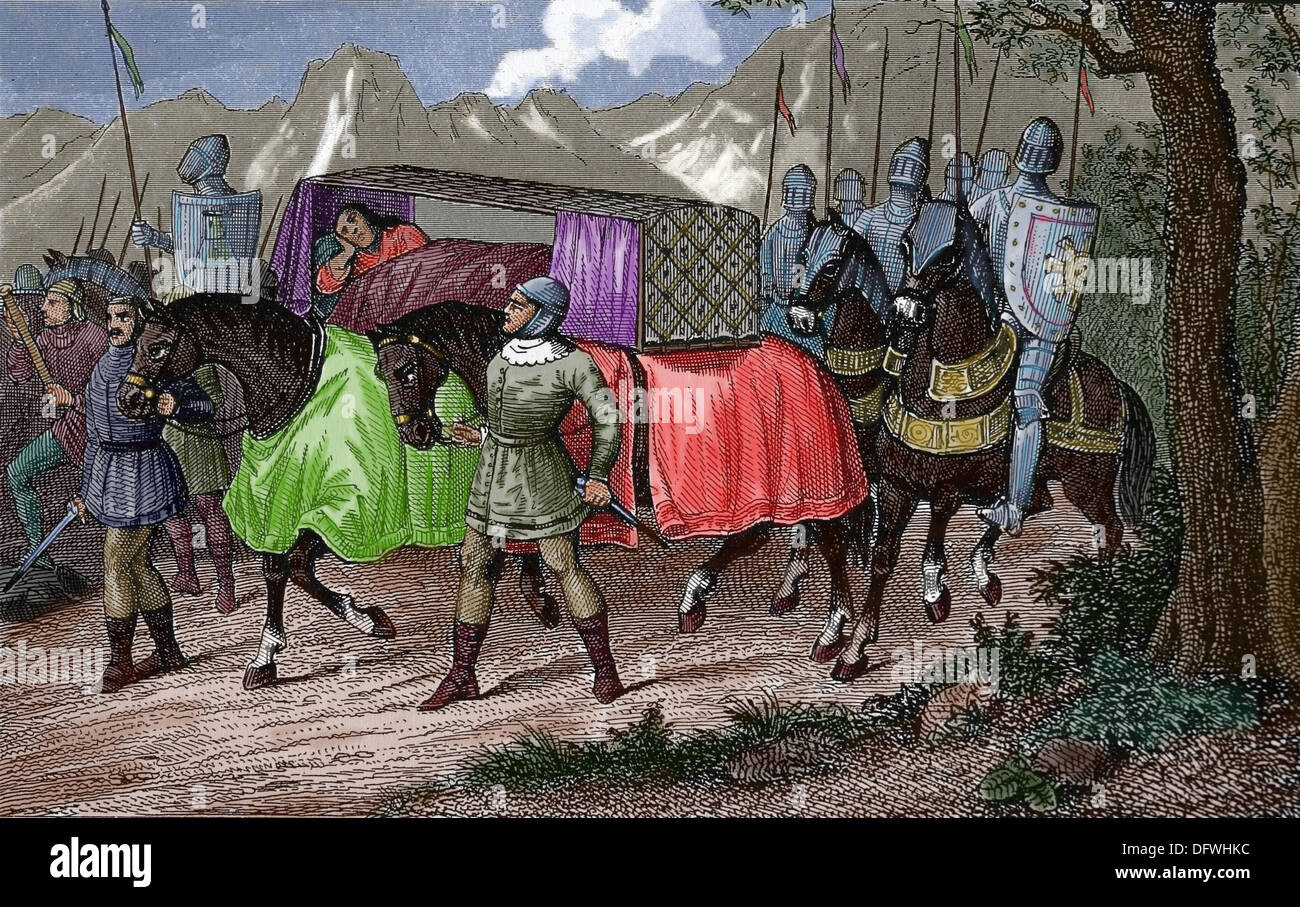Bodhiruci (also written Bodhiruchi or Bodairushi; Chinese: 菩提流支; 562 or 571 – 727 CE) was an Indian translator and Buddhist monk from South India. Originally named Dharmaruci, he is believed to have lived for 156 years. Bodhiruci travelled to China in the late 7th century, where he translated numerous texts, sutras, and commentaries from Sanskrit into Middle Chinese.
Biography
Bodhiruci was born into a family of Brahmins from the Kashyapa Gotra, in South India. The year of his birth is uncertain, with sources suggesting either 562 or 571 CE. He died in 727 CE, purportedly at the age of 156.. He was educated according to the principles of his caste, but when he reached adulthood, he chose the path of Buddhism.
In 663 CE, Emperor Gaozong of Tang invited him to China. However, he delayed for 30 years, finally arriving in 693 CE, during the reign of empress Wu Zetian, who requested that he change his name from Dharmaruci to Bodhiruci.
He first settled in the monastery of Foshoujisi, in Chang'an, the ancient Chinese capital, (now Xi'an). He also stayed in Luoyang, the empire's secondary capital named Dongdu (東都), the "Eastern Capital". In 699 CE, under the direction of Śikṣānanda (652–710), he took part in the second translation of the Buddhāvataṃsaka Sūtra, better known as the Avataṃsaka Sūtra.
In 706 CE, he moved to the monastery of Chongfusi where he translated the Mahāratnakūṭa Sūtra. It took him seven years to complete the translation of the 49 sutras that make up the whole. By 713 CE, the completed edition contained 120 scrolls. During his life, he also translated other texts, sutras and commentaries.
At the age of 90, he renounced worldly life to devote himself entirely to meditation and devotion. He isolated himself completely and stopped writing, reading only his manuscripts written in Sanskrit.
Translations
The following sutras, listed in the Korean Buddhist Canon: A Descriptive Catalogue, by Lewis Lancaster and Sun-bae Park, are among the 69 sutras mentioned, and include an incomplete list of translations attributed to Bodhiruci.
Notes
References
Bibliography
- P.V (Purushottam Vishvanath) Bapat (1959). 2500 Years of Buddhism. Publications Division Ministry of Information & Broadcasting, Government of India, New Delhi. p. 492. ISBN 9788123023045.
{{cite book}}: ISBN / Date incompatibility (help)
(Note: The book has been republished several times since 1959, with a different total number of pages from that shown here). Retrieved 6 January 2025. - Lokesh Chandra (1988). The Thousand-armed Avalokiteśvara. Vol. 1. Abhinav Publications, Indira Gandhi National Centre for the Arts, New Delhi. p. 303. ISBN 81-7017-247-0. Retrieved 6 January 2025.
- Martha Cheung (2014). An Anthology of Chinese Discourse on Translation. Volume 1: From Earliest Times to the Buddhist Project. Routledge, Abingdon-on-Thames,Royaume-Uni. p. 268. ISBN 978-1-317-63928-2.. Retrieved 6 January 2025.
- Paul W. Kroll (2018). Critical Readings on Tang China. Vol. 4. Éditions Brill, Leyde. p. 420. ISBN 978-9-004-38020-2.. Retrieved 6 January 2025.
- Lewis Lancaster; Sung-bae Park (1979). The Korean Buddhist Canon: A Descriptive Catalogue. University of California Press. Center for Japanese and Korean Studies. p. 724. ISBN 978-0-520-03159-3.. Retrieved 6 January 2025.
External links
- The Korean Buddhist Canon: A Descriptive Catalogue.. Retrieved 6 January 2025.
- The SAT Daizōkyō Text Database at the University of Tokyo. Retrieved 6 January 2025.
- Chinese Buddhist Electronic Text Association (CBETA). Retrieved 6 January 2025.
- NTI Buddhist Text Reader. Retrieved 6 January 2025.




